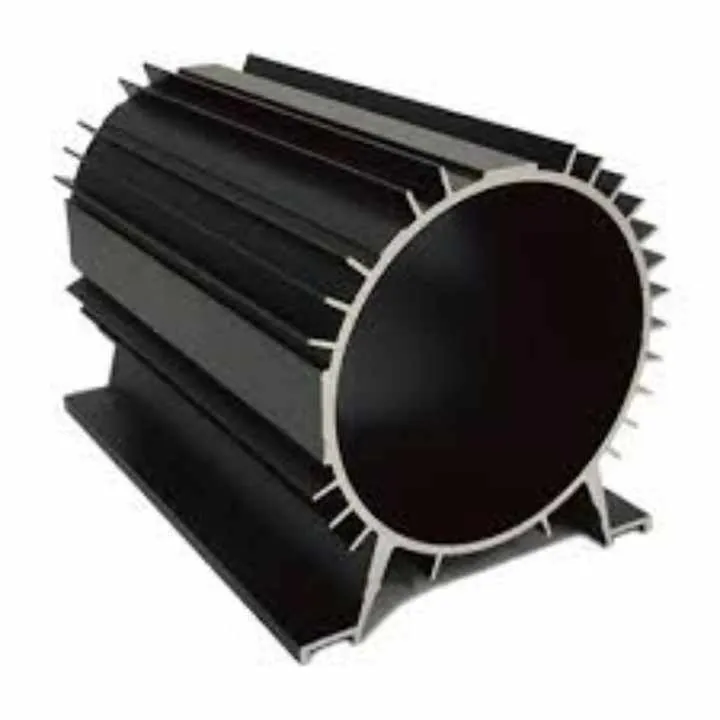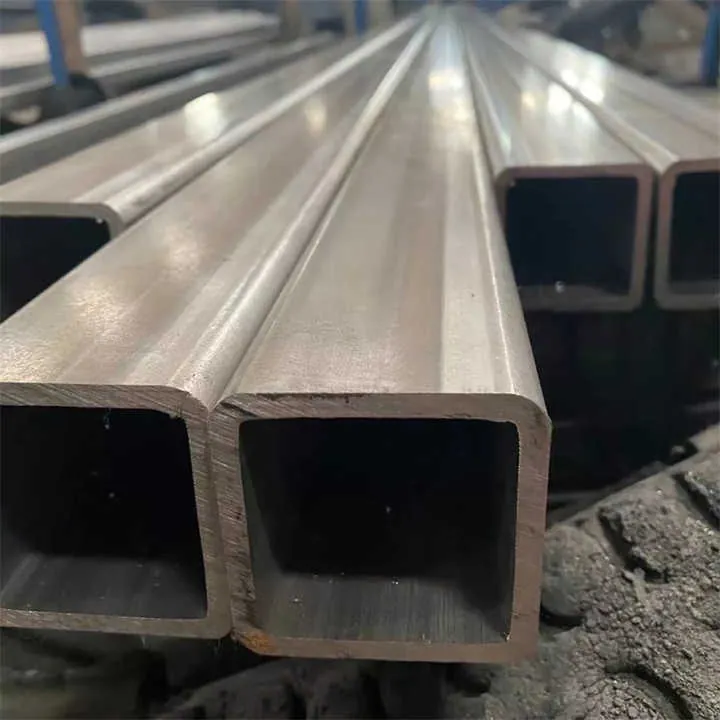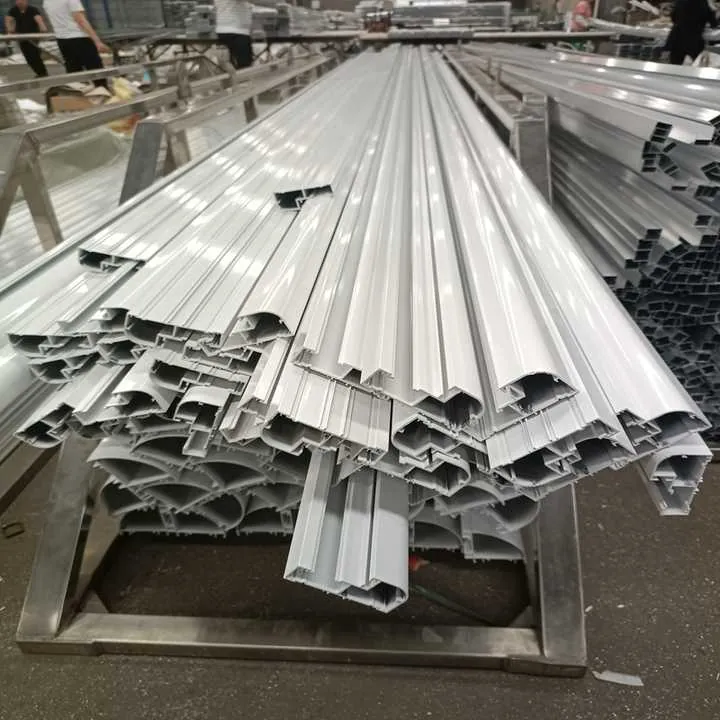How Do I Choose An Aluminum LED Profile?

Many customers assume any aluminum LED profile will work for their lighting needs. But that’s far from the truth—wrong choices can lead to poor heat management, weak lighting, and short lifespans.
To choose the right aluminum LED profile, you must consider heat dissipation, size, diffuser types, and installation methods. Each factor affects performance, safety, and aesthetics.
If you’re planning an LED lighting project and don’t want to waste time or money on the wrong parts, read on. I’ll break down everything I’ve learned helping clients choose the best profiles for their applications.
What factors affect thermal performance?
When your LED strip overheats, it loses brightness and fails faster. That’s why choosing a profile with good thermal performance is so important.
Thermal performance in aluminum LED profiles depends on the profile’s mass, surface area, and material conductivity. These help dissipate heat from the LED strip to the air.

Heat is one of the biggest enemies of LED performance. Every time I’ve seen a strip light fail before its time, poor heat dissipation was the top reason. The aluminum profile acts like a heat sink, transferring heat away from the LEDs. But not all profiles do this equally well.
Here’s what matters most:
1. Profile Wall Thickness
Thicker profiles absorb and distribute more heat. Thin profiles may be cheaper, but they often can’t handle high-powered LED strips.
2. Surface Area
The more surface area the profile has, the more heat it can release into the surrounding air. Fluted designs or profiles with fins perform better than flat ones.
3. Alloy Conductivity
Most LED profiles are made from 6063 aluminum, which balances strength and thermal conductivity. Some use 6061, which is stronger but slightly less conductive.
4. Strip Power
High-lumen or high-wattage LED strips generate more heat. These require larger or more efficient profiles to stay within safe temperatures.
Quick Reference Table: Thermal Characteristics
| Profile Type | Wall Thickness | Cooling Efficiency | Suitable for High Power LEDs |
|---|---|---|---|
| Slim Linear | Thin | Low | No |
| Standard Rectangle | Medium | Medium | Moderate |
| Fluted Heat Sink | Thick + Finned | High | Yes |
Aluminum profiles with thicker walls and more surface area offer better heat dissipation.True
Greater wall thickness and surface area help the profile spread and release heat more efficiently.
All aluminum profiles have the same thermal performance.False
Design features like thickness and surface area significantly affect heat management.
How to select the right size profile?
If the profile is too small, it won’t fit your LED strip. Too big, and it may look bulky or cost more than needed.
The correct size depends on your LED strip’s width, installation space, and desired brightness. Matching these factors ensures proper fit and thermal performance.

Sizing might seem simple, but it causes the most common installation issues. I once had a customer order 10mm-wide profiles for 12mm LED strips—they couldn’t even fit them in. On the other hand, oversized profiles can look awkward in sleek interiors.
Here are the key factors to consider:
1. LED Strip Width
Measure your strip’s PCB (printed circuit board) width. Most strips are 8mm, 10mm, or 12mm wide. The internal channel of the profile should be slightly wider.
2. Application Area
Are you placing it under cabinets, in coves, or inside walls? Tight spaces may require low-profile designs.
3. Heat Load
Bigger profiles can handle higher power strips because they spread heat better. Match your wattage needs accordingly.
4. Visual Aesthetics
Wider or deeper profiles may improve lighting appearance, especially for diffused or uniform light lines.
Example Table: Profile Size Selection Guide
| LED Strip Width | Suggested Profile Width | Best Use Case |
|---|---|---|
| 8mm | ≥10mm | Task lighting, under cabinets |
| 10mm | ≥12mm | General lighting, wall slots |
| 12mm | ≥14mm | High output areas, commercial |
Choosing a profile too narrow for your LED strip can cause installation failure.True
If the strip doesn’t fit inside the channel, you won’t be able to mount it properly.
Oversized profiles are always better for LED installations.False
While bigger profiles help with cooling, they may not suit all aesthetics or installation spaces.
Which diffuser type improves light quality?
The wrong diffuser makes lights harsh or dotted. A good one creates soft, smooth light.
Opal or frosted diffusers improve light quality by softening harsh LED points and blending the light evenly. They create better ambiance and reduce eye strain.

Every time I recommend LED profiles, I ask how the client wants the light to look. If they want sleek, modern ambiance, I go straight to frosted or opal diffusers. Clear ones are only for when brightness is more important than aesthetics.
Types of Diffusers:
- Clear: Maximizes brightness but shows every LED dot. Best for task or industrial lighting.
- Frosted: Softens light moderately. Balance between brightness and comfort.
- Opal/Milky: Fully blends the light into a continuous line. Best for ambient or display lighting.
Other Factors:
- Material: Most are made from polycarbonate or PMMA. Polycarbonate is tougher; PMMA has better clarity.
- Thickness: Thicker diffusers reduce brightness more but also soften the light better.
Diffuser Comparison Table
| Diffuser Type | Light Output | Dot Visibility | Best Use |
|---|---|---|---|
| Clear | 100% | High | Workshop, garage |
| Frosted | ~85% | Medium | Kitchens, living rooms |
| Opal/Milky | ~70% | Low | Bedrooms, displays |
Opal diffusers reduce glare and provide more uniform lighting.True
The milky cover scatters light better, hiding LED points and reducing eye strain.
Clear diffusers always provide the best light quality.False
While clear diffusers allow more brightness, they can cause harsh lighting and visible LED dots.
What mounting options are available?
Mounting affects both the profile’s appearance and how secure it is. The wrong method can lead to sagging or loose installations.
Aluminum LED profiles can be surface-mounted, recessed, suspended, or corner-mounted depending on space, design, and functionality. Each method has pros and cons.

I’ve seen clients choose the wrong mounting and regret it later. One installed surface profiles in a cove that should’ve been recessed. It looked bulky and ruined the aesthetic. Others use cheap adhesive that fails over time.
Common Mounting Methods:
- Surface Mount: Easy to install using clips or adhesive. Great for cabinets and furniture.
- Recessed: Embedded into ceilings, walls, or floors. Provides a seamless look but needs careful planning.
- Suspended: Hung from ceilings using wires. Best for offices or modern interiors.
- Corner: Angled profiles for shelves, room corners, or retail displays.
Accessories:
- Mounting clips (plastic or metal)
- End caps
- Wire suspensions
- Corner brackets
Installation Table: Mounting Method Guide
| Method | Installation Difficulty | Visual Effect | Ideal Use Case |
|---|---|---|---|
| Surface | Easy | Visible | Kitchens, retail displays |
| Recessed | Moderate/Hard | Hidden/Flush | Living rooms, hallways |
| Suspended | Medium | Floating | Offices, showrooms |
| Corner | Easy | Directional | Under shelves, display edges |
Recessed mounting offers a cleaner and more integrated appearance.True
It hides the profile within the surface, creating a flush look.
All profiles can be suspended from ceilings.False
Only profiles designed for suspension can support the weight and provide safe hanging options.
Conclusion
Choosing the right aluminum LED profile is not just about size or shape—it’s about making sure your lighting looks great, performs well, and lasts long. With the right thermal design, size, diffuser, and mounting method, you’ll get lighting that works exactly how you want.



